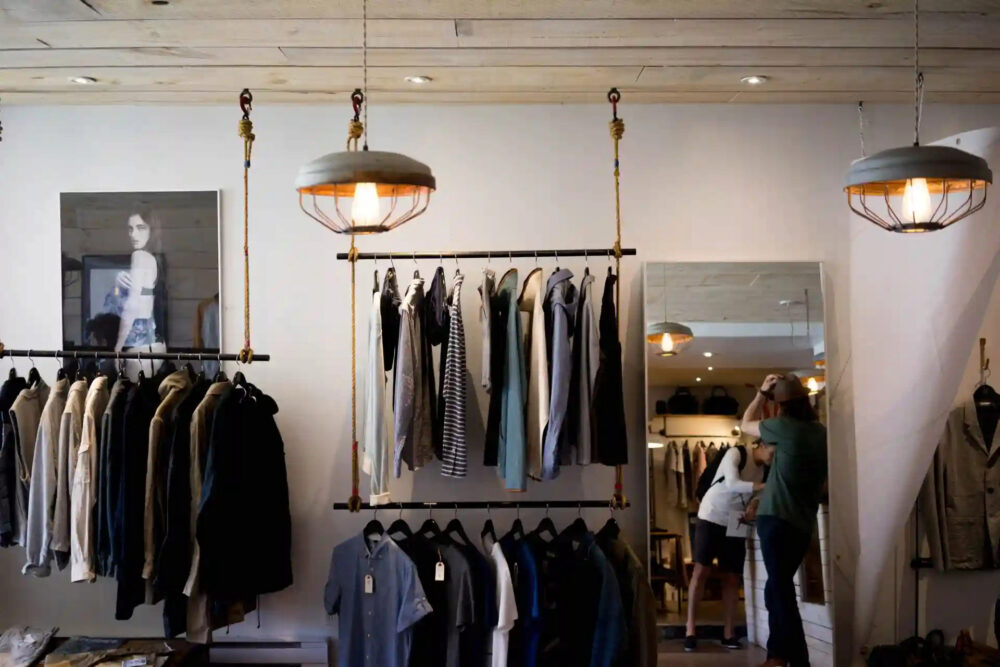When it comes to fashion, men often find themselves overwhelmed by the countless options and trends available. However, developing a personal style doesn’t have to be complicated. With a few essential style tips, you can elevate your wardrobe and exude confidence in any setting. Whether you’re dressing for a casual day out or a formal occasion, these fashion tips for men will help you put together stylish and versatile outfits effortlessly.
1. Build a Solid Foundation with Basics
Every man’s wardrobe should have a foundation of timeless basics. These versatile pieces can be mixed and matched to create a variety of stylish looks. Invest in high-quality essentials such as:
- Crisp White Shirt: A well-fitted white shirt is a must-have. It can be dressed up with a blazer or worn casually with jeans.
- Classic Blue Jeans: Choose a pair of dark wash jeans that fit you well. They can be dressed up with a button-down shirt or dressed down with a casual t-shirt.
- Navy Blazer: A navy blazer adds sophistication to any outfit. Pair it with chinos for a business-casual look or wear it over a t-shirt for a more relaxed vibe.
- Neutral Chinos: Versatile and comfortable, chinos can be worn with a variety of tops, from polo shirts to sweaters.
By starting with these timeless basics, you’ll have a solid foundation for building a stylish and well-rounded wardrobe.
2. Understand Proper Fit
One of the most important aspects of men’s fashion is proper fit. Ill-fitting clothes can make even the most expensive garments look sloppy. Here are some key points to keep in mind:
- Shirts: Ensure that your shirts fit well in the shoulders, chest, and sleeves. The shirt should be long enough to tuck in without excess fabric billowing around your waist.
- Pants: When it comes to pants, avoid an overly baggy or tight fit. Opt for a slim or tailored fit that flatters your body shape without being restrictive.
- Jackets: Jackets should fit well in the shoulders, and the sleeves should end at your wrist bone. Avoid jackets that are too loose or too tight around the waist.
Remember, clothing can always be tailored to achieve the perfect fit, so don’t hesitate to visit a tailor if necessary.
3. Experiment with Colors and Patterns
While neutrals are always a safe choice, don’t shy away from incorporating color and patterns into your outfits. They can add personality and visual interest to your look. Here are a few tips for incorporating color and patterns:
- Start Small: If you’re new to experimenting with color and patterns, start with small accents like socks, pocket squares, or ties.
- Pair Complementary Colors: Learn about color combinations that work well together. For example, navy and burgundy, or olive green and tan can create a visually appealing outfit.
- Mix Patterns with Solids: When mixing patterns, ensure that one pattern is more prominent while the other acts as an accent. For instance, pair a patterned shirt with solid-colored pants or vice versa.
By gradually introducing color and patterns into your wardrobe, you can create stylish and well-balanced outfits.
4. Pay Attention to Details
The details of an outfit can elevate your style and showcase your attention to detail. Here are a few areas to focus on:
- Accessories: Don’t underestimate the power of accessories. A well-chosen watch, a stylish belt, or a sophisticated tie can add a touch of elegance to any outfit.
- Footwear: Invest in quality shoes that complement your outfits. From classic dress shoes to casual sneakers, having a variety of footwear options allows you to adapt your look to different occasions.
- Grooming: Personal grooming plays a significant role in your overall appearance. Maintain a well-groomed hairstyle, keep your facial hair well-trimmed, and pay attention to skincare to enhance your overall look.
By paying attention to these small but crucial details, you can elevate your style and leave a lasting impression.
5. Dress Appropriately for the Occasion
Lastly, always consider the occasion when choosing your outfit. Dressing appropriately shows respect for the event and the people involved. Here are a few guidelines to follow:
- Formal Events: For formal occasions, opt for a well-tailored suit in a classic color like navy or charcoal. Pair it with a crisp white shirt and a complementary tie.
- Business-Casual Settings: In a business-casual environment, you can ditch the tie and opt for a blazer paired with chinos or dress pants. A button-down shirt or a polo shirt completes the look.
- Casual Outings: For casual outings, embrace a relaxed style. Pair jeans or chinos with a t-shirt or a casual button-down shirt. Finish the look with sneakers or boots.
Adapting your style to the occasion showcases your ability to navigate various dress codes with ease.
Conclusion
Developing a personal style doesn’t have to be complicated. By focusing on timeless basics, understanding proper fit, experimenting with colors and patterns, paying attention to details, and dressing appropriately for the occasion, you can curate a wardrobe that reflects your unique personality and enhances your confidence. Remember, fashion is not just about following trends but about expressing yourself authentically through your clothing choices. So go ahead and embrace your own sense of style, and watch as your confidence soars in every aspect of your life.
